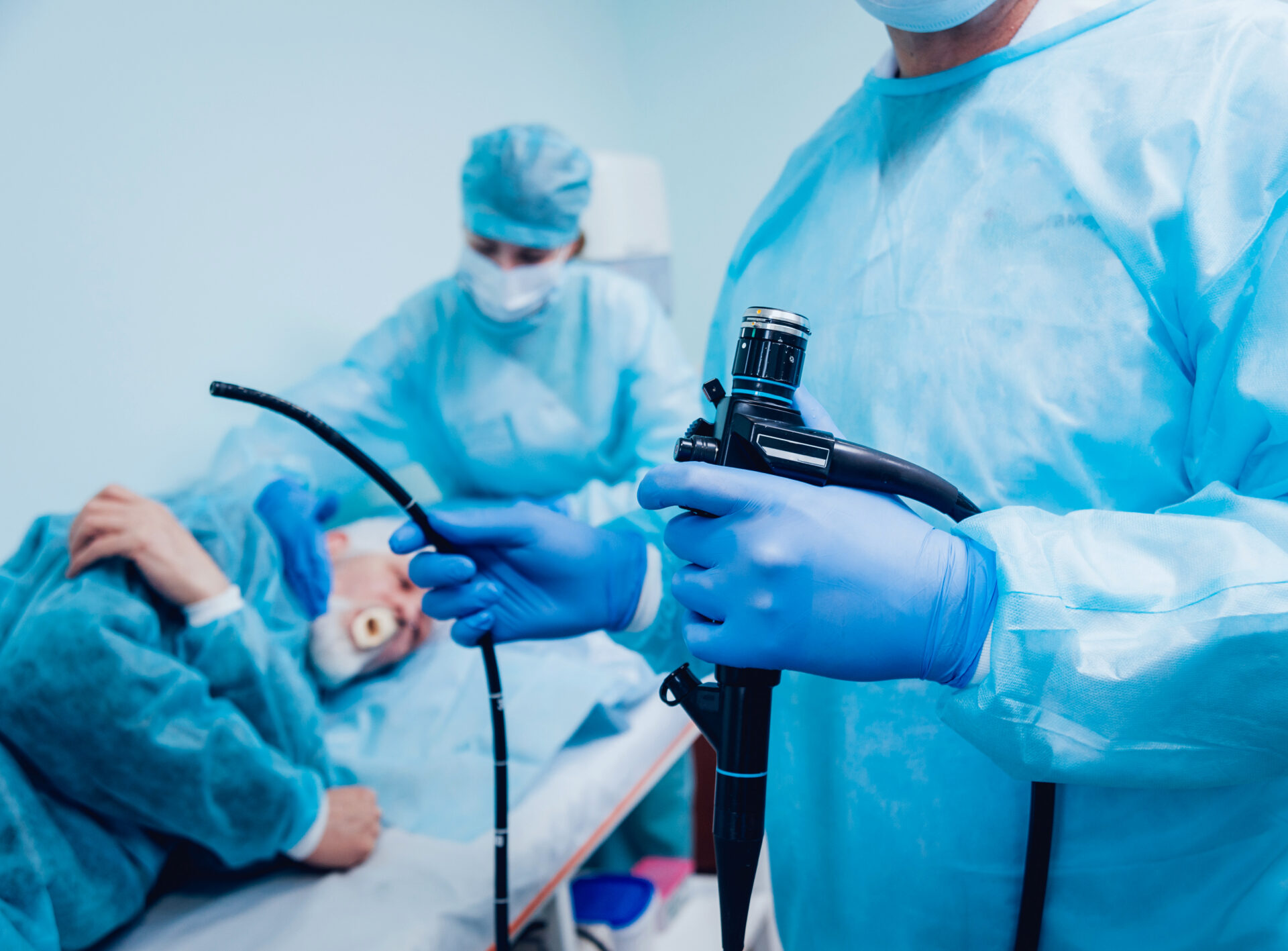In the late 19th Century, physicians began inserting hollow tubes equipped with small lights into different orifices of the human body in order to get a better look inside.
Endoscopy, as it came to be known, could help doctors better detect internal bleeding, digestive illnesses, certain cancers, as well as eventually allow them to perform surgeries internally and non-invasively.
In the 1980s, the advent of video computer chips allowed doctors to project images taken by endoscopes from deep inside the body onto a screen, revolutionizing non-invasive procedures.
At around the same time, graphics processing units (or GPUs) were also being used to power some of the first video games on arcade systems boards, and inside PCs and gaming consoles like Atari and Nintendo.
As GPUs have evolved, making video games more realistic, they’ve also helped to improve the image quality in the healthcare space. Companies like NVIDIA and AMD are experimenting with artificial intelligence (AI)-assisted medical diagnosis of endoscopic images and 4K for near-real-time image display.
On Thursday, Japanese telecom giant NTT and Olympus, a Japanese manufacturer which holds roughly 70% of the world’s endoscope market, demonstrated what they call “the world’s first cloud endoscopy system” at NTT’s annual R&D forum in Tokyo.
The initiative aims to tackle one of the biggest challenges presently facing the advancement of endoscopy: performance.
According to the company, current endoscopes handle their image processing within the device itself, limiting performance and maintainability — especially flexible feature improvements and updates based on new user needs, such as real-time remote diagnosis and treatment.

Therefore, NTT and Olympus are developing an endoscopy system in which functions with high processing loads, such as image processing, can be completed on the cloud.
Processing images on a remote cloud has been complicated by conventional network technology, according to a statement from Olympus announcing the joint experiment back in March.
The solution the two companies are proposing leverages NTT’s so-called IOWN APN technology. The Innovative Optical and Wireless Network (IOWN) is a communication platform in the research and development phase that will provide high-speed, high-capacity communication utilizing innovative technology focused on optics, including an All-Photonics Network (APN), which uses photonic-based (or light) tech to lower power consumption, improve the quality and capacity, and diminish the delay in processing information.
The companies created an experimental environment where they connected an endoscope with a GPU server via IOWN APN, to see whether there were any delays connecting the device to the cloud, as well as test the reliability and security of the system.
If commercialized, the technology could make a big impact on the future of endoscopic treatment on the cloud with GPUs.

Disclosure: This article includes a partner of an Espacio portfolio company.











